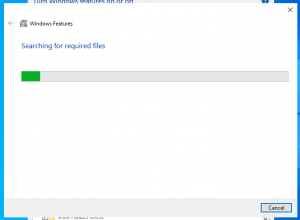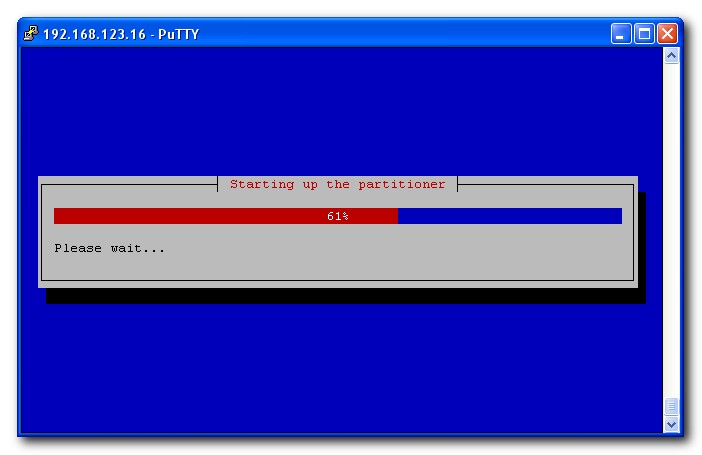


Next on a windows machine I installed TFTP Client and tested connection to the server like so (Put a.
DEBIAN TFTP CLIENT INSTALL INSTALL
launch a terminal program at 38400 8N1, put power on the embedded module and check the serial output for U-Boot prompt. Install Debian 11 then run the following command.connect your embedded module via ethernet and serial line to the programming PC.put your u-boot*.bin, uImage* and rootfs* files into the root directory, this TFTP server is providing to tftp clients.If you prefer to do the programming from a Windows PC get some Windows TFTP server, e.g.: Install and setup a TFTP server (if you installed Kubuntu from the Digi Embedded Linux DVD you have this already installed).For security reasons, and to make it easier to manage SFTP accounts in bulk, create a group to which SFTP users are added: groupadd sftp You are free to adjust the group name as desired. Step 2 All user accounts within Linux belong to one (or more) group (s). If the module does not have a JTAG (and no SD card or serial recovery) and you program a faulty U-Boot image into it, or interrupt the module during flash programming, the module is unrecoverably lost, and can not be restored. Step 1 Connect to your VPS via SSH or the VPS console in your control panel. via a JTAG-Flash programmer if available or (Micro)SD card recovery or serial loader (USB OTG) recovery. You should always program well defined U-Boot version, Linux kernel and rootfs images onto the module, either by means of the pre-installed U-Boot described below, or by the recovery procedures available for your specific module: e.g. Be aware this version will change from time to time: so always reprogram with your own customized U-Boot version to avoid problems with different versions in field, or use the latest released via Digi webpage U-Boot version if you don't have any U-Boot customizations! Single (or batch) modules you get for Linux, will only come with a pre-installed unreleased U-Boot intended for quality test purposes at Digi.


 0 kommentar(er)
0 kommentar(er)
